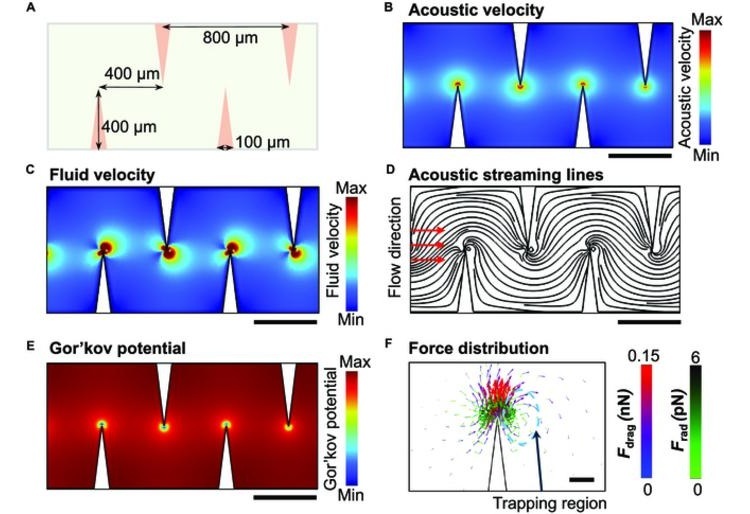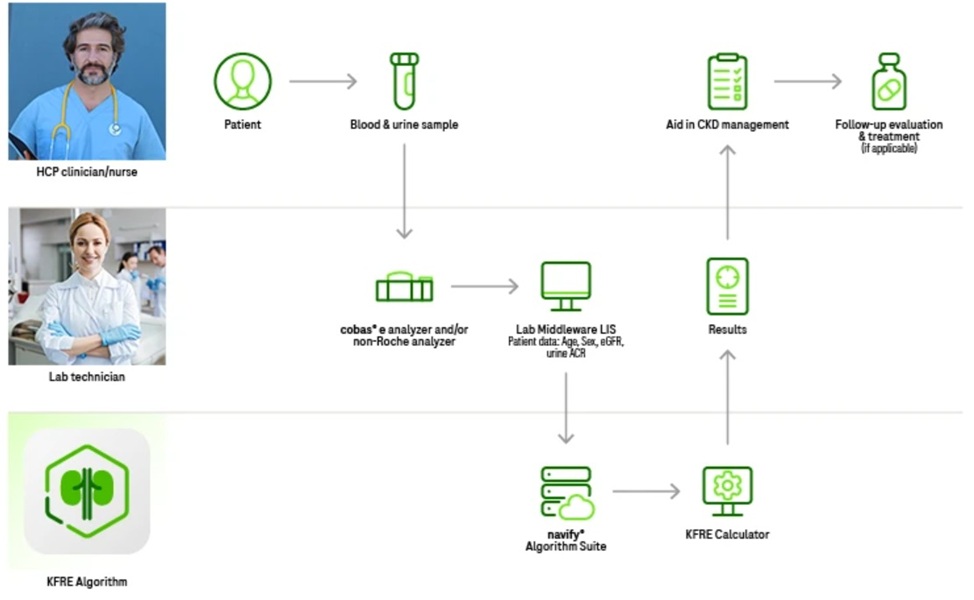Diagnostic Panel Analysis of Lung Cancer Compared
|
By LabMedica International staff writers Posted on 25 Sep 2019 |

Image: The Quick-Ray Manual Tissue Microarrayer Set (Photo courtesy of Unitma).
Lung cancer is the leading cause of cancer death. Non-small cell lung carcinomas are the most common type of lung cancers. They can further be divided into adenocarcinomas and squamous cell carcinomas. Accurately classifying these tumors is important to select the best treatment options for patients.
Immunohistochemical tests help in improving the histopathological diagnosis of the cancer. However there are many antibodies used in the process and there is a lack of data on panels of antibodies that work best in diagnosing lung carcinomas. The use of appropriate markers for this identification is crucial in order to conserve patient tissue for further molecular testing that could guide treatment decisions and have prognostic implications.
Pathologists at Flinders University (Bedford Park, Australia) selected a cohort of 200 patients, diagnosed with either adenocarcinoma (ADC) or squamous cell carcinomas (SCC) at the Flinders Medical Centre between 1991 and 2011. All patients had histological diagnosis on resection specimens and cases were reclassified according to the 2015 WHO classification of tumors of the lung. These cases had initially been diagnosed based on morphology, immunohistochemistry (IHC) and electron microscopy.
Tissue cylinders with a diameter of 2.0 mm were punched from representative tumor regions of each donor tissue block and brought into recipient paraffin block using a Quick-Ray Manual Tissue Microarrayer. Control tissue was included in each tissue microarray (TMA). There were 116 SCC and 84 ADC. The team performed IHC on a Ventana BenchMark ULTRA immunostainer with three TTF-1 clones (SP141, SPT24 and 8G7G3/1), Napsin A, p40, p63 and CK5/6 and panels of four or two markers that best help identify adenocarcinoma and squamous cell carcinoma were ascertained.
The scientists reported that their results showed that the best four-marker panel utilized TTF-1 (clone SP141), Napsin A, p63 and CK5/6 with a sensitivity of 98.3% and high specificity of 91.7%. The best two-marker panel was TTF-1 (clone SP141) and p63 with 96.5% sensitivity and 85.71% specificity. The authors concluded that as there are variations in the performance of different clones of TTF-1 IHC antibodies, the clone chosen can increase the diagnostic value in differentiating adenocarcinoma from squamous cell carcinoma. In the panels analyzed, the survival of cases concordant with the diagnosis had longer survival compared to those that were discordant. The difference was however not statistically significant. The study was published on September 11, 2019, in the journal Pathology and Laboratory Medicine International.
Related Links:
Flinders University
Immunohistochemical tests help in improving the histopathological diagnosis of the cancer. However there are many antibodies used in the process and there is a lack of data on panels of antibodies that work best in diagnosing lung carcinomas. The use of appropriate markers for this identification is crucial in order to conserve patient tissue for further molecular testing that could guide treatment decisions and have prognostic implications.
Pathologists at Flinders University (Bedford Park, Australia) selected a cohort of 200 patients, diagnosed with either adenocarcinoma (ADC) or squamous cell carcinomas (SCC) at the Flinders Medical Centre between 1991 and 2011. All patients had histological diagnosis on resection specimens and cases were reclassified according to the 2015 WHO classification of tumors of the lung. These cases had initially been diagnosed based on morphology, immunohistochemistry (IHC) and electron microscopy.
Tissue cylinders with a diameter of 2.0 mm were punched from representative tumor regions of each donor tissue block and brought into recipient paraffin block using a Quick-Ray Manual Tissue Microarrayer. Control tissue was included in each tissue microarray (TMA). There were 116 SCC and 84 ADC. The team performed IHC on a Ventana BenchMark ULTRA immunostainer with three TTF-1 clones (SP141, SPT24 and 8G7G3/1), Napsin A, p40, p63 and CK5/6 and panels of four or two markers that best help identify adenocarcinoma and squamous cell carcinoma were ascertained.
The scientists reported that their results showed that the best four-marker panel utilized TTF-1 (clone SP141), Napsin A, p63 and CK5/6 with a sensitivity of 98.3% and high specificity of 91.7%. The best two-marker panel was TTF-1 (clone SP141) and p63 with 96.5% sensitivity and 85.71% specificity. The authors concluded that as there are variations in the performance of different clones of TTF-1 IHC antibodies, the clone chosen can increase the diagnostic value in differentiating adenocarcinoma from squamous cell carcinoma. In the panels analyzed, the survival of cases concordant with the diagnosis had longer survival compared to those that were discordant. The difference was however not statistically significant. The study was published on September 11, 2019, in the journal Pathology and Laboratory Medicine International.
Related Links:
Flinders University
Latest Pathology News
- Tears Offer Noninvasive Alternative for Diagnosing Neurodegenerative Diseases
- AI-Powered Method Combines Blood Data to Accurately Measure Biological Age
- AI Tool Detects Cancer in Blood Samples In 10 Minutes
- AI Pathology Analysis System Delivers Comprehensive Cancer Diagnosis
- AI Improves Cervical Cancer Screening in Low-Resource Settings
- New Multi-Omics Tool Illuminates Cancer Progression
- New Technique Detects Genetic Mutations in Brain Tumors During Surgery within 25 Minutes
- New Imaging Tech to Improve Diagnosis and Treatment of Skin Cancers
- Serially Testing Brain Tumor Samples Reveals Treatment Response in Glioblastoma Patients
- High-Accuracy Tumor Detection Method Offers Real-Time Surgical Guidance
- AI Tool Detects Hidden Warning Signs of Disease Inside Single Cells
- Automated Tool Detects Early Warning Signs of Breast Cancer
- New Software Tool Improves Analysis of Complex Spatial Data from Tissues
- AI Tool Helps Surgeons Distinguish Aggressive Glioblastoma from Other Brain Cancers in Real-Time
- New Tool Could Revolutionize Acute Leukemia Diagnosis
- New Microscope Promises to Speed Up Medical Diagnostics
Channels
Clinical Chemistry
view channel
VOCs Show Promise for Early Multi-Cancer Detection
Early cancer detection is critical to improving survival rates, but most current screening methods focus on individual cancer types and often involve invasive procedures. This makes it difficult to identify... Read more
Portable Raman Spectroscopy Offers Cost-Effective Kidney Disease Diagnosis at POC
Kidney disease is typically diagnosed through blood or urine tests, often when patients present with symptoms such as blood in urine, shortness of breath, or weight loss. While these tests are common,... Read moreMolecular Diagnostics
view channel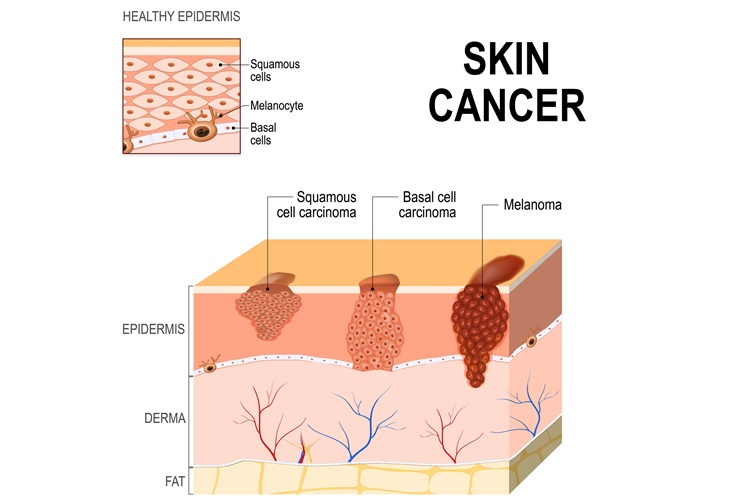
Genomic Test Could Reduce Lymph Node Biopsy Surgery in Melanoma Patients
Accurately determining whether melanoma has spread to the lymph nodes is crucial for guiding treatment decisions, yet the standard procedure—sentinel lymph node biopsy—remains invasive, costly, and unnecessary... Read more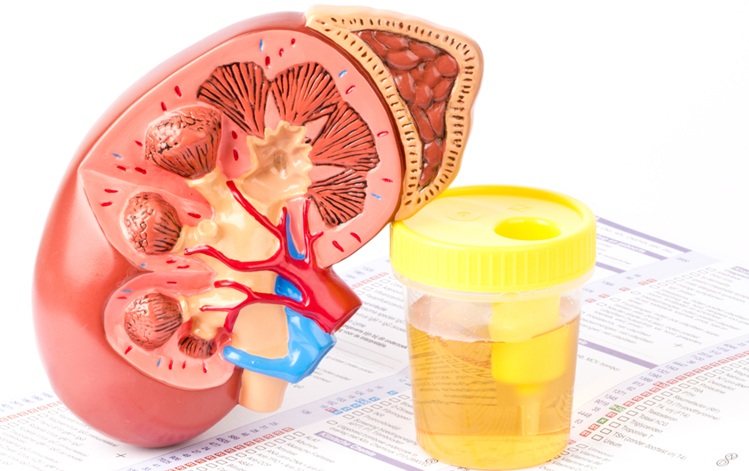
Urine Test Could Replace Painful Kidney Biopsies for Lupus Patients
Lupus is an autoimmune disorder that causes the immune system to attack the body’s own tissues and organs. Among the five million people living with lupus globally, nearly half develop lupus nephritis,... Read more
Blood Test Guides Post-Surgical Immunotherapy for Muscle-Invasive Bladder Cancer
After surgery for muscle-invasive bladder cancer, many patients face uncertainty about whether residual cancer cells remain in their bodies. Now, a new international phase 3 study has demonstrated that... Read more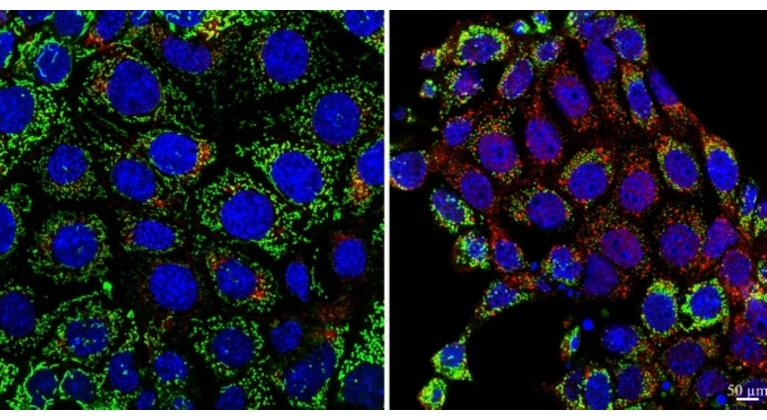
Mitochondrial DNA Mutations from Kidney Stressors Could Predict Future Organ Decline
Kidney-related diseases are alarmingly common: chronic kidney disease (CKD) affects more than one in seven U.S. adults, while about 20% of hospitalized adults are diagnosed with acute kidney injury (AKI).... Read moreHematology
view channel
Viscoelastic Testing Could Improve Treatment of Maternal Hemorrhage
Postpartum hemorrhage, severe bleeding after childbirth, remains one of the leading causes of maternal mortality worldwide, yet many of these deaths are preventable. Standard care can be hindered by delays... Read more
Pioneering Model Measures Radiation Exposure in Blood for Precise Cancer Treatments
Scientists have long focused on protecting organs near tumors during radiotherapy, but blood — a vital, circulating tissue — has largely been excluded from dose calculations. Each blood cell passing through... Read more
Platelets Could Improve Early and Minimally Invasive Detection of Cancer
Platelets are widely recognized for their role in blood clotting and scab formation, but they also play a crucial role in immune defense by detecting pathogens and recruiting immune cells.... Read more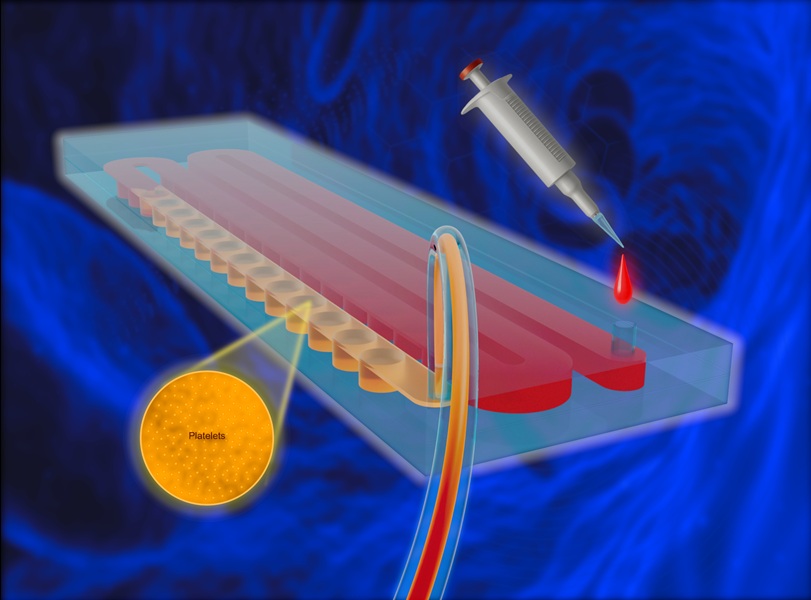
Portable and Disposable Device Obtains Platelet-Rich Plasma Without Complex Equipment
Platelet-rich plasma (PRP) plays a crucial role in regenerative medicine due to its ability to accelerate healing and repair tissue. However, obtaining PRP traditionally requires expensive centrifugation... Read moreImmunology
view channel
Blood-Based Liquid Biopsy Model Analyzes Immunotherapy Effectiveness
Immunotherapy has revolutionized cancer care by harnessing the immune system to fight tumors, yet predicting who will benefit remains a major challenge. Many patients undergo costly and taxing treatment... Read more
Signature Genes Predict T-Cell Expansion in Cancer Immunotherapy
Modern cancer immunotherapies rely on the ability of CD8⁺ T cells to rapidly multiply within tumors, generating the immune force needed to eliminate cancer cells. However, the biological triggers behind... Read moreMicrobiology
view channel
Fast Noninvasive Bedside Test Uses Sugar Fingerprint to Detect Fungal Infections
Candida bloodstream infections are a growing global health threat, causing an estimated 6 million cases and 3.8 million deaths annually. Hospitals are particularly vulnerable, as weakened patients after... Read more
Rapid Sepsis Diagnostic Device to Enable Personalized Critical Care for ICU Patients
Sepsis is a life-threatening condition that occurs when the body’s response to infection spirals out of control, damaging organs and leading to critical illness. Patients often arrive at intensive care... Read moreTechnology
view channel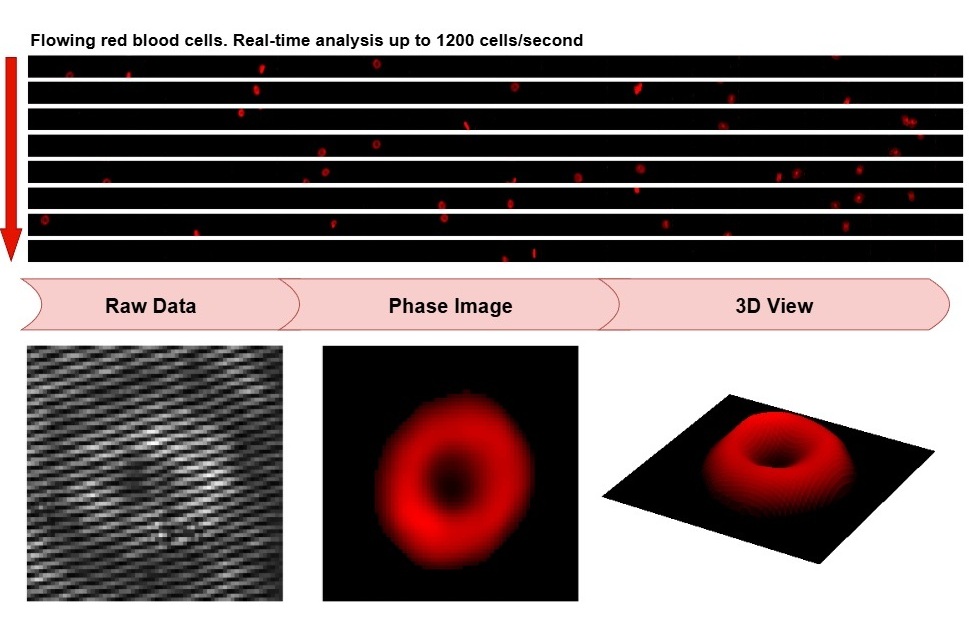
Embedded GPU Platform Enables Rapid Blood Profiling for POC Diagnostics
Blood tests remain a cornerstone of medical diagnostics, but traditional imaging and analysis methods can be slow, costly, and reliant on dyes or contrast agents. Now, scientists have developed a real-time,... Read more
Viral Biosensor Test Simultaneously Detects Hepatitis and HIV
Globally, over 300 million people live with Hepatitis B and C, and 40 million with HIV, according to WHO estimates. Diagnosing bloodborne viruses such as HIV and Hepatitis B and C remains challenging in... Read moreIndustry
view channel
Advanced Instruments Merged Under Nova Biomedical Name
Advanced Instruments (Norwood, MA, USA) and Nova Biomedical (Waltham, MA, USA) are now officially doing business under a single, unified brand. This transformation is expected to deliver greater value... Read more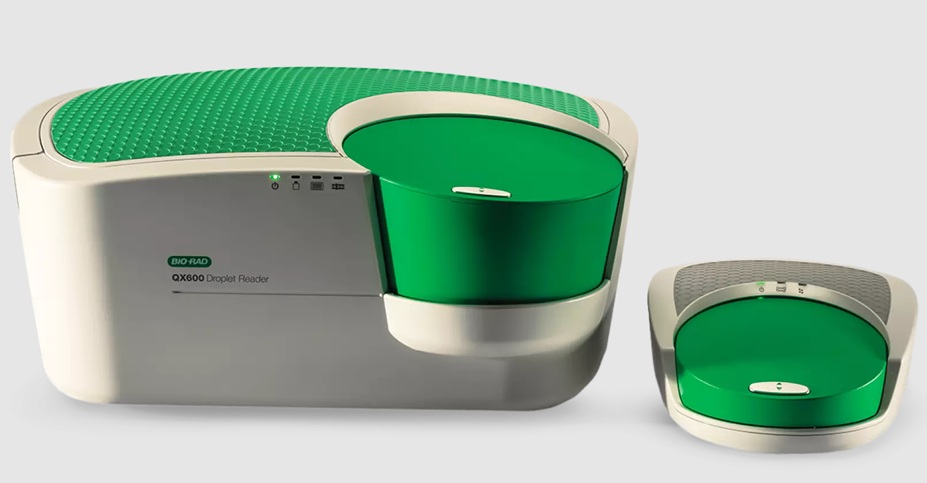








 (3) (1).png)







